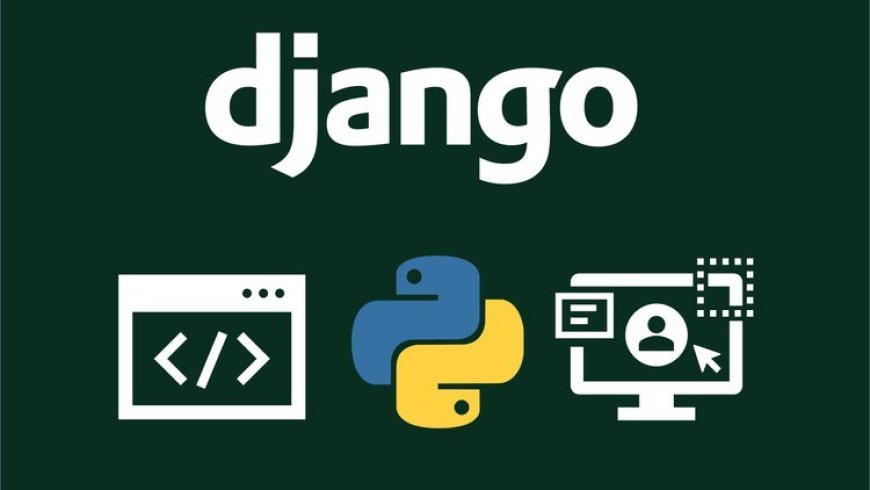Getting Started with Django Projects for Beginners: Build Your First Web App in Minutes | PythonCodeVerse
If you’ve ever dreamed of building your own website or web application using Python, then Django Mini Projects for Students is the framework you need to learn.

If youve ever dreamed of building your own website or web application using Python, then Django Mini Projects for Students is the framework you need to learn. Its powerful, beginner-friendly, and used by companies like Instagram, Pinterest, and Mozilla. In this tutorial, well walk through the basics of Django, from setup to creating your first simple app.
? Why Choose Django?
Django is a high-level Python web framework that encourages rapid development and clean, pragmatic design. Here's why it's so popular:
- ? Built-in admin panel
- ?? Security features out of the box
- ? Comes with ORM (Object Relational Mapper)
- ? Huge community and documentation
- ? Scalable for small to large applications
? 1. Installing Django
First, make sure Python is installed. Then open your terminal and run:
bash
pip install django
To check installation:
bash
django-admin --version
? 2. Creating Your First Django Project
Start a new project using:
bash
django-admin startproject mysite
cd mysite
Run the server:
bash
python manage.py runserver
Visit http://127.0.0.1:8000 Youll see the Django welcome page. You're all set!
?? 3. Creating an App in Django
Django projects are made up of smaller apps. Lets create one:
bash
python manage.py startapp blog
Now add 'blog' to INSTALLED_APPS in your settings.py file.
?? 4. Creating a Simple View
In blog/views.py, add:
python
from django.http import HttpResponse
def home(request):
return HttpResponse("Hello, Django World!")
Create a urls.py inside your blog app and add:
python
from django.urls import path
from . import views
urlpatterns = [
path('', views.home, name='home'),
]
Now, include the blog.urls in your main urls.py:
python
from django.contrib import admin
from django.urls import path, include
urlpatterns = [
path('admin/', admin.site.urls),
path('', include('blog.urls')),
]
Visit the homepage again youll see your message!
?? 5. Django Admin Panel
Create a superuser:
bash
python manage.py createsuperuser
Then log in at http://127.0.0.1:8000/admin using your credentials. You can manage your app data here!
? What You Learned
- Installing and running Django
- Creating a project and an app
- Writing your first view
- Setting up routing
- Using Django's built-in admin
? Whats Next?
Now that youve built a basic app, dive deeper into:
- Django Models and database setup
- Forms and validation
- Templates with HTML and CSS
- Authentication (Login/Register)
- Deploying to platforms like Heroku or PythonAnywhere
? Follow our full course series here: Django Projects for School Students
? Final Thoughts
Django makes it easy to turn ideas into real web apps. Whether you're building a personal blog, a portfolio, or a full-featured platform, Django gives you all the tools to scale confidently.
Stay tuned to PythonCodeVerse for more beginner to advanced Django tutorials. ?
























